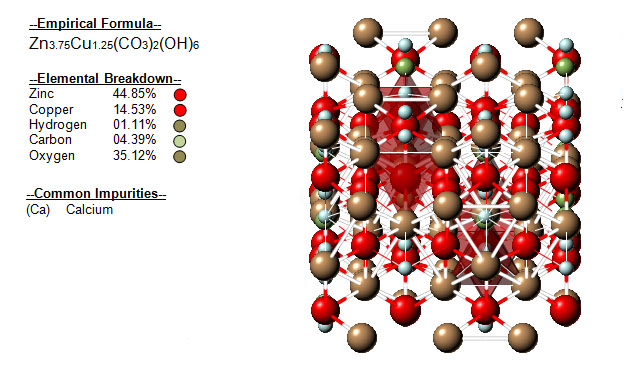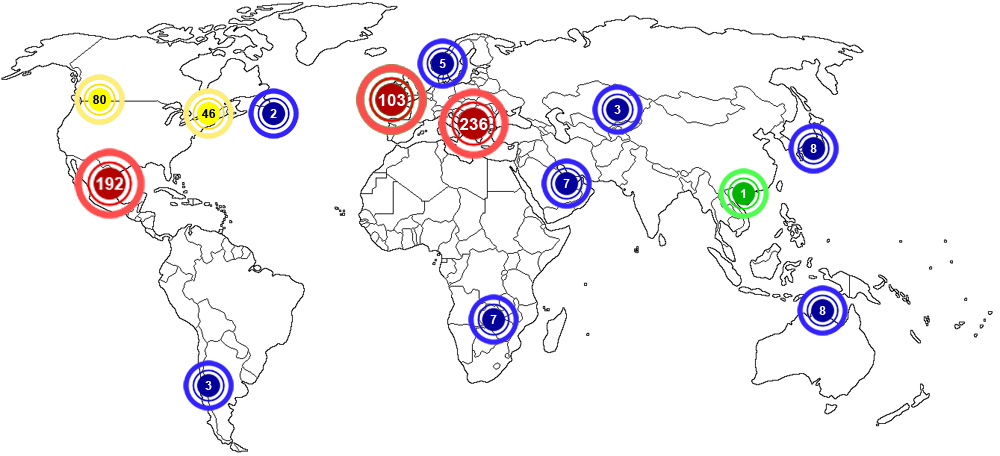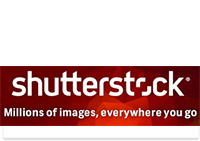![]()
Aurichalcite is a carbonate mineral, usually found as a secondary mineral in copper and zinc deposits. It was first described in 1839 by Bottger, who named the mineral for its zinc and copper content after the Greek όρειχαλκος, for "mountain brass" or "mountain copper", the name of a fabulous metal. The type locality is the Loktevskoye Mine, Upper Loktevka River, Rudnyi Altai, Altaiskii Krai, Western Siberia, Russia. Aurichalcite has been found in Chessy, France; Laurium, Greece; the Leadhills of Scotland; and in England in Matlock, Derbyshire and Caldbeck Fells (Cumbria). Other European occurrences are Campiglia Marittima, Livorno Province, Tuscany, Italy; and the Rohdenhaus Quarry, Wolfrath, North Rhine-Westphalia, Germany. In the United States, good specimens come primarily from Arizona in the 79 Mine in Hayden, Gila County. the Copper Queen Mine in Bisbee, Cochise County, and from the Silver Hill Mine in Pima County. Other important localities include Magdalena, Soccoro County, New Mexico; the Hidden Treasure Mine and Stockton, Tooele County., Utah; and the Keeler Mine, Cottonwood Canyon, Salt Lake County., Utah. Aurichalcite also occurs in the Grand Deposit Mine of White Pine County, Nevada; the Darwin District of Inyo County, California; and the Tin Mountain Mine, Custer County, South Dakota. Small amounts have also been reported at the Sterling Hill Mine in Ogdensburg, Sussex County, New Jersey.
![]()
Within the metaphysical realm of minerals, Aurichalcite encourages fearlessness and stability, helping the believer not to be fearful. It provides a protective shield wherever it is placed. It enhances tact and activates harmony within the believer, so that peace and serenity can manifest in your outer world. It encourages personal freedom, allowing the release of old practices and reaching for and attaining new situations. Aurichalcite clears the believer's aura and smoothes their energy field.
Please note that MIROFOSS does not suggest in any way that minerals should be used in place of proper medical and psychological care. This information is provided here as a reference only.
![]() Due to the rarity of aurichalcite, it is mainly used as a collector's mineral.
Due to the rarity of aurichalcite, it is mainly used as a collector's mineral.
![]()
Aurichalcite typically occurs in the oxidized zone of copper and zinc deposits.
![]()
Aurichalcite has a beautiful intense green-blue colour. Aurichalcite usually occurs as a mat of tiny, thin, interwoven needles. Aurichalcite can also occur as crusts, thin scales, radiating, botryoidal, and as tiny balls of radiating crystals. Individual crystals, which can rarely be seen with the naked eye, are usually elongated, and occasionally tabular. Aurichalcite is considered a natural brass ore, since it is composed of zinc and copper, the constituents of brass. However, it occurs much too sparingly, and there are no practical methods for brass to be extracted from it. It is, though, an ore of zinc and copper when found in mines where there exists workable deposits of these elements. Aurichalcite's distinctive properties and occurrences distinguish it from basically every mineral.
![]()
| Cleavage | Perfect | |
| Colour(s) | Pale green, Sky blue, Greenish blue | |
| Specific Gravity | 3.77 | |
| Diaphaneity | Transparent | |
| Fracture | Uneven - Flat surfaces (not cleavage) fractured in an uneven pattern | |
| Mohs Hardness | 2.0 | |
| Luminescence | Non-fluorescent | |
| Lustre | Pearly | |
| Streak | Light blue | |
| Habit(s) | Acicular to Druse to Encrustations | |
| Radioactivity | Non-radioactive | |
| Magnetism | Non-magnetic |
![]()
No known health risks have been associated with aurichalcite. However ingestion of aurichalcite, as with other naturally occurring minerals, is not recommended.
![]()
The following image shows the Elemental breakdown of the mineral aurichalcite along with the mineral crystal structure.

![]()
| Crystal System | Monoclinic | |
| Class | Prismatic | |
| Axial Ratios | a : b : c = 2.1529 : 1 : 0.8241 | |
| Morphology | A fine grid-like appearance corresponding to cleavage planes or twinning directions. | |
| Optical Data Type | Biaxial (-) | |
| Pleochroism (x) | Colourless | |
| Pleochroism (y) | Bluish green | |
| Pleochroism (z) | Bluish green |  |
| RL Values | nα = 1.655 nβ = 1.740 nγ = 1.744 | |
| 2V | Measured: 1° to 4°, Calculated: 22° | |
| Max Birefringence | δ = 0.089 (See colour chart at right) | |
| Surface Relief | High | |
| Dispersion | Relatively strong r < v |
![]()
Aurichalcite can be referenced in certain current and historical texts under the following six names:
The mineral aurichalcite can be translated into the following select languages:
| Arabic | Bulgarian | Chinese (Sim) | |||
| Croatian | Czech | Danish | |||
| Dutch | Aurichalciet | Esperanto | Estonian | ||
| Finnish | French | Calamine verdâtre | German | Aurichalcit | |
| Greek | Hebrew | Hungarian | |||
| Italian | Auricalcite | Japanese | 水亜鉛銅鉱 | Korean | |
| Latin | Lithuanian | Norwegian | |||
| Persian | Polish | Portuguese | |||
| Romanian | Russian | Аурихальцит | Slovak | Aurichalcit | |
| Spanish | Auricalcita | Swedish | Aurikalcit | Tagalog | |
| Turkish | Ukrainian | Аурихальцит | Vietnamese |
![]()
Aurichalcite can be found in a variety of places around the world. The map below shows major documented concentrations of aurichalcite:


![]()
 |
The MIROFOSS database offers free printable geological identification tags for personal and non-profit use. These tags can be used to properly identify mineral samples in your collection. -Click here- to download a full size jpeg image for an aurichalcite identification tag; which can be printed on paper or used with a plastic laser printer. |
 |
What's this? What can I do with it? |
![]()
| Chemical Composition | Jambor, J. L. and Pouliot, G. (1965): X-ray crystallography of aurichalcite and hydrozincite. Can. Mineral. 8, 385-389. |
| Crystallography | Harding, M.M., B.M. Kariuki, R. Cernik, and G. Cressey (1994) The structure of aurichalcite, (Cu,Zn)5(OH)6(CO3)2, determined from a microcrystal. Acta Crystallographica B - Structural Science 50: 673-676. |
| History | Anthony, J.W., Bideaux, R.A., Bladh, K.W., and Nichols, M.C. (2003) Handbook of Mineralogy, Volume V. Borates, Carbonates, Sulfates. Mineral Data Publishing, Tucson, AZ, 813pp.: 39. |
| Geographical Data | Mindat.org. Retrieved on 2012-08-31 |
| Physical Identification | Webmineral.com. Retrieved on 2012-08-31. |
| June 18, 2014 | The last time this page was updated |
| ©2018 MIROFOSS™ Foundation | |
 |
|







